|
To be completely honest, which by now you may have deduced is my style with an undercurrent of sarcasm, this recipe is entirely based on a craving I had for several weeks in July. It being mid-summer, I was desperate for something light that still delivered the rich flavors and comfort of eggplant parmesan. I disregarded the tenants of strict seasonality and procured myself some sad grocery store eggplants to fill the void in my stomach that was shouting for creamy eggplant. Lucky for you, I’m a procrastinator when it comes to posting on my blog in a timely fashion. Now, we’re now knee deep in late summer/early fall vegetables and you can swipe up eggplants of all sizes and colors for this recipe. Three things will get this recipe where your heart wants it to be. First, is basting the eggplant in balsamic vinegar that wouldn’t offend your nose if you tasted it on its own. Second, is getting a deep toast on the couscous to get the necessary texture and flavor. And, lastly, don’t skimp on the parmesan. With a fairly simple ingredient list, every component on its own should bring something worth tasting to the table. The baking method for the eggplant may seem a little convoluted at first, but it will get you a supple, silky, and caramelized flavor, and that requires a little extra baking time. Everything else you need comes together easily while the eggplant bakes, and quickly tosses together in one bowl to serve. Eggplant Parmesan CouscousTotal time: 1 hour
Serves: 4 people 2 mid-sized eggplants, sliced ¼ inch thick Preheat the oven to 375°F. Sprinkle the eggplant slices with sea salt and set aside for 10-15 minutes to let the moisture draw out.
Line a baking sheet with parchment paper. Once you start to see droplets collecting on the eggplant, wipe the slices down with a paper towel and lay them out on the baking sheet. Drizzle the slices with 3 tbsp. of olive oil, ground black pepper, and red pepper flakes on both sides. Pop the baking sheet in the preheated oven and cook for 25 minutes, flipping the eggplant halfway through. After 25 minutes, remove the eggplant from the oven and brush both sides of the eggplant slices with balsamic vinegar using a pastry brush. Pop the eggplant back in the oven for 10 more minutes, flipping the eggplant halfway through. While the eggplant is roasting, heat 2 tbsp. of olive oil in a saucepan over medium heat. Pour in the couscous, along with the salt, cumin, and paprika. Toast the couscous until golden brown, stirring frequently to prevent anything from burning or sticking (usually takes about 5 minutes). Once the couscous is nice and toasty, add the water and turn down the heat to medium-low. Simmer for about 10 minutes, until all the water has been absorbed and the couscous is tender. If the couscous is still crunchy, add a little more water and cook longer. When the couscous is cooked through, remove from the heat and cover to keep warm while prepping the other ingredients. When the eggplant is done, let it cool just enough to make it easy to handle. Chop the slices into ½ inch squares. Combine the couscous, eggplant, tomatoes, basil, lemon zest, parmesan, and 1 tbsp. of olive oil in a large serving bowl. Have a taste and add more salt, fresh ground pepper, or parmesan as needed.
1 Comment
This recipe is a bit of a late spring, early summer, love story. It’s the time of year when you get to fall in love with your ingredients again, and find new ways to make them shine. This year, I became acutely aware of the spring fling many foodies, farmers, and chefs have when asparagus is at its peak. Their shared obsession with the fleshy and flavorful spears is a borderline infatuation – with nearly every recipe or menu boasting a new method for preparing this springtime fantasy. As soon as Deb’s recipe for pasta salad with roasted carrots and sunflower seed dressing popped up on my Instagram feed, my heart fluttered and I knew I had to court it in my kitchen immediately. I could already taste the sweetness of the oven-roasted carrots melting in my mouth against the slight crunch of the sunflower seed dressing, effectively masquerading pasta as a healthy lunch. I fell in love with this recipe even more in practice because it tricks you into thinking it’s going to be labor intensive with the roasting, boiling, blending, and saucing involved. But each piece comes together smoothly while the other piece is cooking along, making it a well-orchestrated dish for an early summer weeknight meal. While the foundation of the recipe below sticks closely to Deb’s recipe genius, I opted to add some vegetable diversity and pay homage to our springtime debutante, asparagus. I swapped the carrot tops out for parsley for a brighter and less bitter taste. Spring Vegetable & Sunflower Pesto PastaTotal time: 45 minutes
Serves: 4-5 people Source: Barely adapted from Smitten Kitchen’s Pasta Salad with Roasted Carrots and Sunflower Seed Dressing One bunch asparagus (thick stalks work well here) Preheat the oven to 500° F and fill a large pasta pot with water, salted and put over high heat to come to boil. Line a large baking sheet with parchment paper.
While the oven is preheating, peel the carrots and the bottom half of the asparagus stems, snapping the stems where they are naturally pliable. Lay the carrots and asparagus out on the baking sheet with room to wiggle. Douse the vegetables with olive oil and sprinkle with a generous amount of salt and pepper. Pop the baking sheet into the preheated oven and set a timer for 15 minutes, tossing the vegetables halfway through. After 15 minutes, remove the asparagus from the baking sheet and place on a cutting board. Pop the carrots back in for another 5 to 7 minute depending on their girth. Alternatively, you can leave the asparagus in the full time if you like them rich and melt-in-your-mouth like I do. Once the water in the pot comes to a boil, add the pasta and cook until al dente. Drain the pasta and set aside. You can let the pasta cool completely as Deb suggests, but I found I prefer this pasta salad slightly warmed by the residual heat of the pasta and vegetables. Blitz together in a food processor the sunflower seeds, parsley, Parmesan, lemon zest, salt, garlic powder, red pepper and ground black pepper. The consistency should be finely crumbled, but not so far that it turns into a paste. Add the crumbles to a large mixing bowl and stir in the olive oil and lemon juice. Now you are ready to put it all together. Slice the asparagus and carrots into 1.5” pieces, cutting any thick segment in half or in quarters. Toss the pasta and sliced vegetables in the large mixing boil with the sunflower pesto. Serve with a sprinkling of Parmesan cheese. I’m sure there were recipes that came before, but this one is fixed in my mind as, “where it all started.” The tipping point from cooking-to-survive to a home cooking obsession, and the start of venturing beyond the boundaries of the delicious meals my mother had taught me. It’s a little odd that this sort of kitchen aha moment would result from boneless skinless chicken thighs. Less odd though if you know me, because the main reason I sub Deb’s wingettes for bite-sized chunks of dark meat is purely the laziness of not wanting to deal the mess and fuss of eating chicken wings. I know, I’m weird, but I promise you’ll like it too. My boyfriend and I dork-ily first referred to this recipe as “magic chicken,” and the silly name stuck. Partially because the caramelization of the sauce tricks you into thinking it’s guilty-pleasure take-out. Mostly because it’s a bit magical how you can throw everything into a bowl, pop it in the oven, and half an hour later tuck into a satisfying, mostly balanced, dinner. I’ve included with it a simple recipe for stir-fried broccoli because it is my favorite accompaniment but I’m sure it would be good with any other veggie side of your choosing (perhaps some steamed edamame or spicy garlic green beans). magic sesame chicken & stir-fried broccoliTotal time: 50 minutes
Serves: 4 people or 2 with leftovers Source: Adapted from the Smitten Kitchen’s Sticky Sesame Chicken Wings 1.5-2 lbs. boneless skinless chicken thighs To make the chicken:
Preheat the oven to 425°F. Line a 9x13 inch glass baking dish with aluminum foil and coat it lightly with oil. Alternatively, you could also use baking sheet if there’s enough of a lip to tray but I’ve found it’s less of headache to use a larger vessel to avoid any spillage. Lightly toast the sesame seeds in a frying pan over medium-low heat, about 5 minutes. Toss the seeds occasionally to prevent them from burning – remove from the heat and set aside in a small bowl. Mince the garlic and mix together with hoisin sauce, soy sauce, mirin, honey, dark sesame oil, salt, and hot sesame oil in a large bowl. Trim excess fat from the boneless skinless chicken thighs and cut into bite-sized pieces (1-2 inches). Add to the large bowl and stir to coat with the sauce. Spread the chicken pieces out across the baking dish and pour any remaining sauce in the bowl over the chicken. Make sure everything is more or less evenly spaced out. Place on the middle rack in the oven and cook for 30 minutes, turning the pieces over after 20 minutes. While the chicken is baking, start your rice, chop the scallions, and make the stir-fried broccoli (see instructions below). Once fully cooked, take the chicken out of the oven and transfer to a large serving bowl. Pour any collected sauce over the chicken and toss with the scallions and sesame seeds. Serve with rice and stir-fried broccoli. To make the broccoli: Discard the woody stems of the broccoli and cut the florets into smaller pieces. Heat equal parts vegetable oil and sesame oil in a large frying pan over medium-high heat. Add the broccoli florets and stir-fry until bright green – about 5 minutes. Add the soy sauce and do not touch the broccoli for 2 minutes (this allows the soy to sear the broccoli on one side). Stir the broccoli and add the mirin and red pepper flakes – turn the heat down to medium-low and cover to steam the broccoli for another 2 minutes, or until tender. It seems almost like a requirement for every food blog to have some variation of lentil soup presented to the Internet. Some are curried, some are meaty, and some are a little bit detox-y. But in my experience, nothing stands up to this simple, but flavorful, veggie-heavy, and stew-like version. The recipe came to life during a particularly brutal New England winter, in a drafty apartment in Jamaica Plain I was sharing with my sister. This lentil soup is particularly good at satisfying you the same way a pile of pasta does – while making you feel less guilty about prior gastronomic indiscretions. I’ve borrowed my sister’s method of frying up the tomato paste with aromatic onions and garlic and included some tweaks to bump up the flavors. Two Sisters Lentil SOupTotal time: 1 hour
Serves: 8 hungry souls or 2 with leftovers for several days 2-3 tbsp. olive oil * Any other dry cooking wine you have hanging around in the back of your fridge will work. You can also cut this and have a totally delicious soup. * I prefer half red lentils and half green lentils for variety in texture. * I used 2 tsp. chicken bouillon and 6 cups of water, but you can also do this recipe with water only and compensate with extra spices and a squeeze of lemon juice. Mince garlic and dice onion. Measure out all spices into a small bowl. Rinse lentils in a mesh strainer thoroughly and check over for any little rocks.
Warm olive oil in a Dutch oven or large heavy bottomed pot over medium heat. Add onion and sauté until golden and translucent, about 5-7 minutes. Add garlic and sauté garlic until fragrant, about 30 seconds. Add all the spices and stir to combine with the onions and garlic. Toss in the tomato paste and fry for 1-2 minutes (add more oil as needed). Right when everything is starting to brown and seems like it's seconds from disaster, pour in the Marsala wine to deglaze the pan. Now, add the lentils, broth, and bay leaves. Bring to a simmer over medium heat and then reduce to low. While the broth is coming to a simmer, chop the carrots and potatoes. Once the broth is simmering, add in the carrots, potatoes, and canned diced tomatoes. Cook until vegetables and lentils are tender, about 25-30 minutes. Meanwhile, prep the chard by chopping off the grungy ends, cutting the leaves in half along the stem, and slicing thinly into ribbons. When the veggies are cooked through, toss in the chard and cook until wilted, about 5-7 minutes. Season with salt and pepper to taste. Serve in a cozy bowl with ample Parmesan and bread for dipping. |

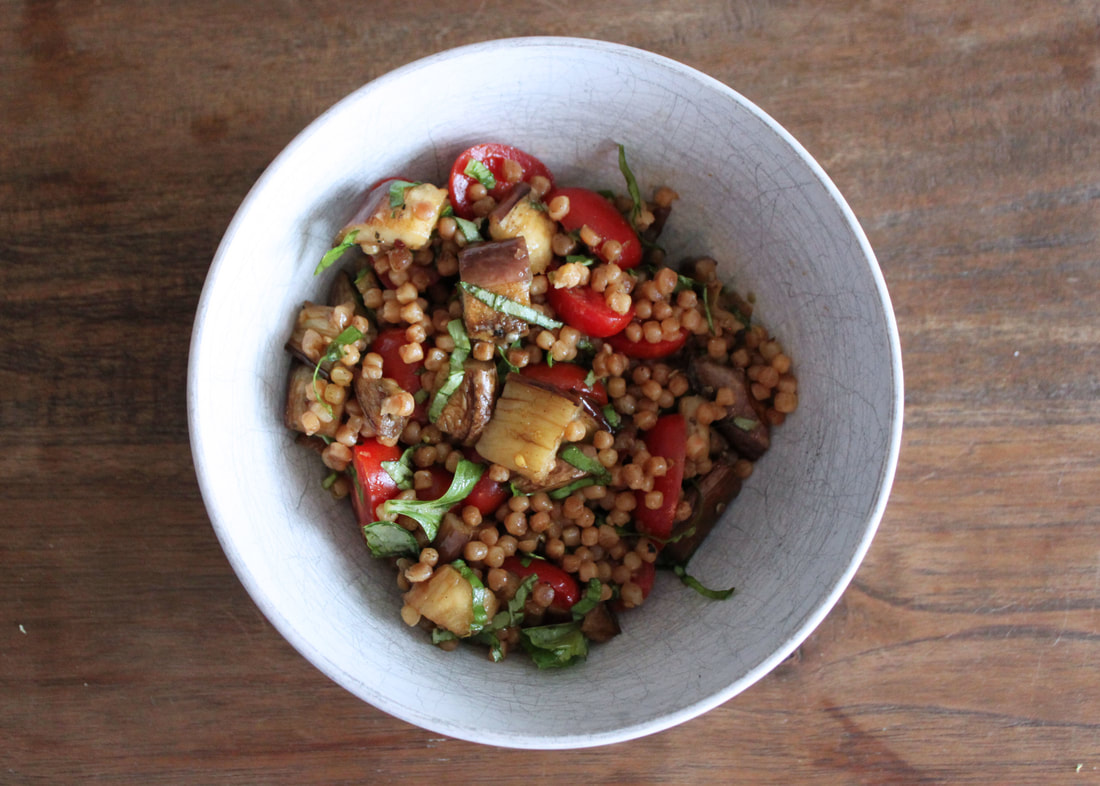
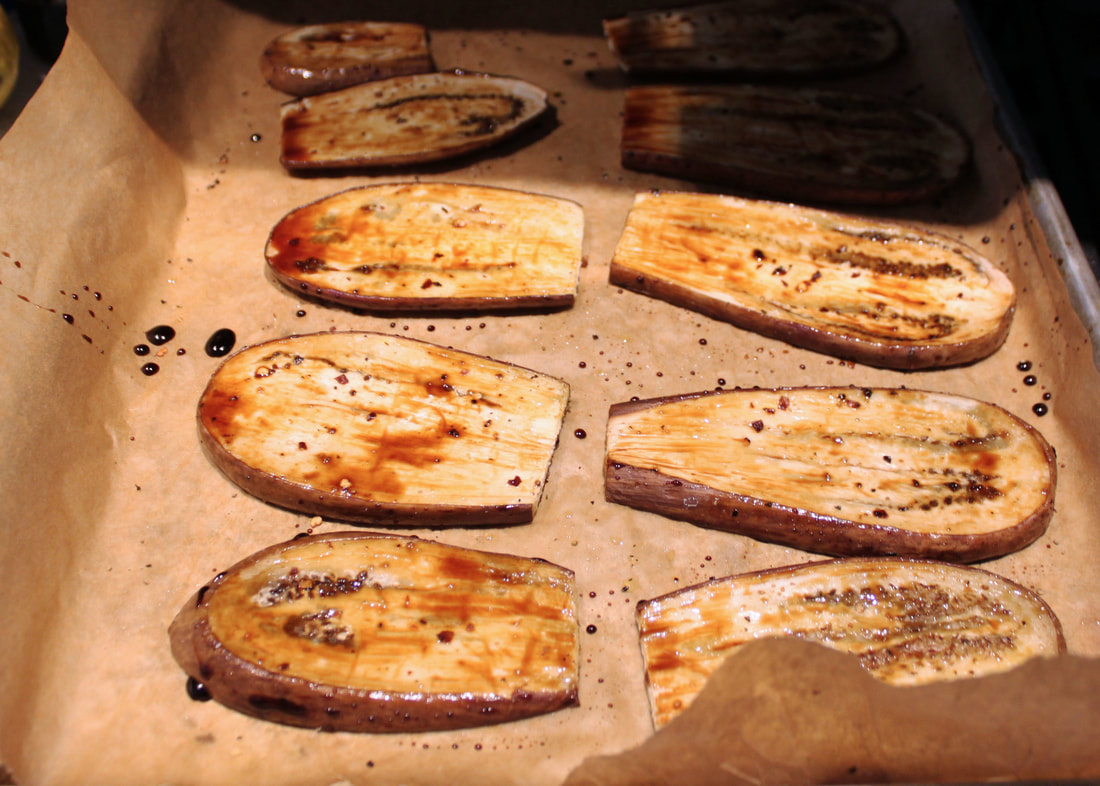
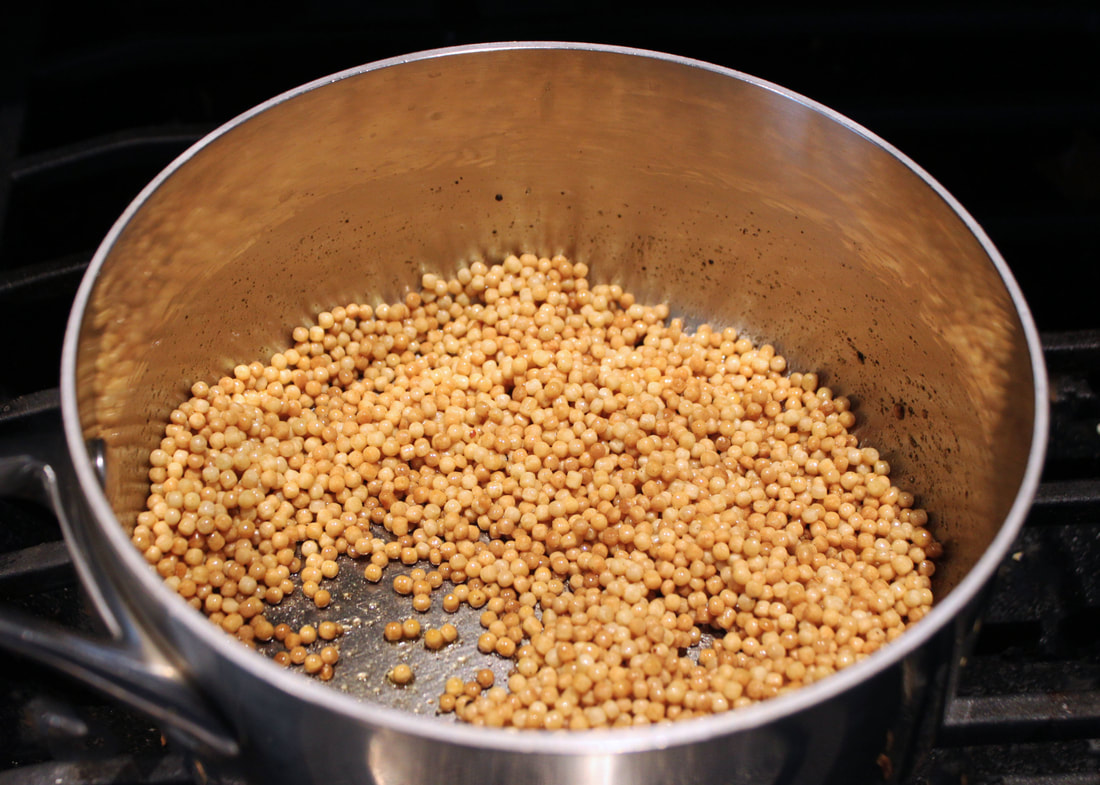
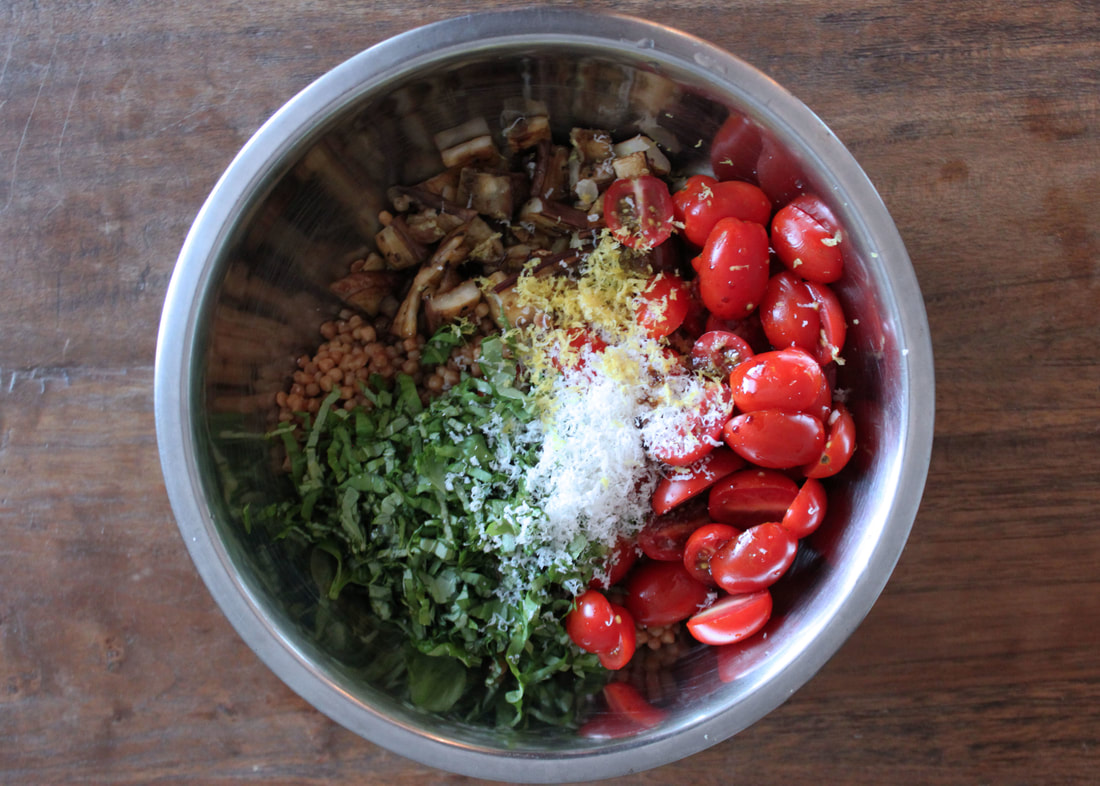
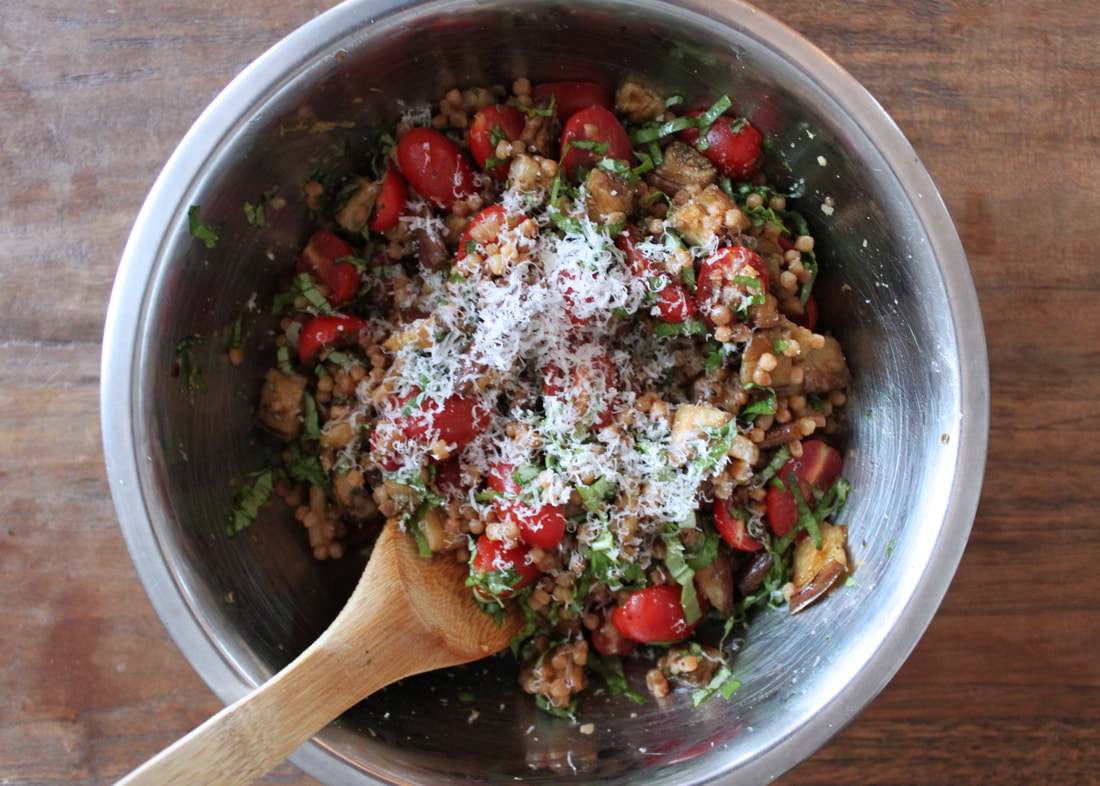
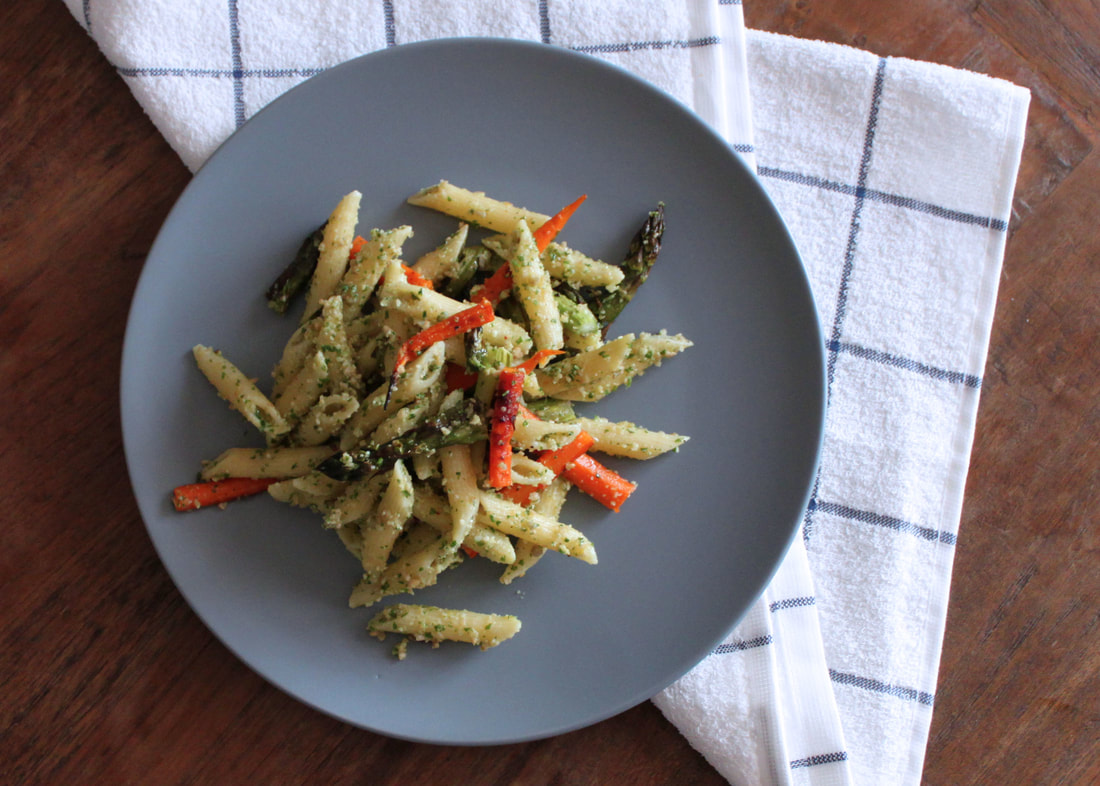
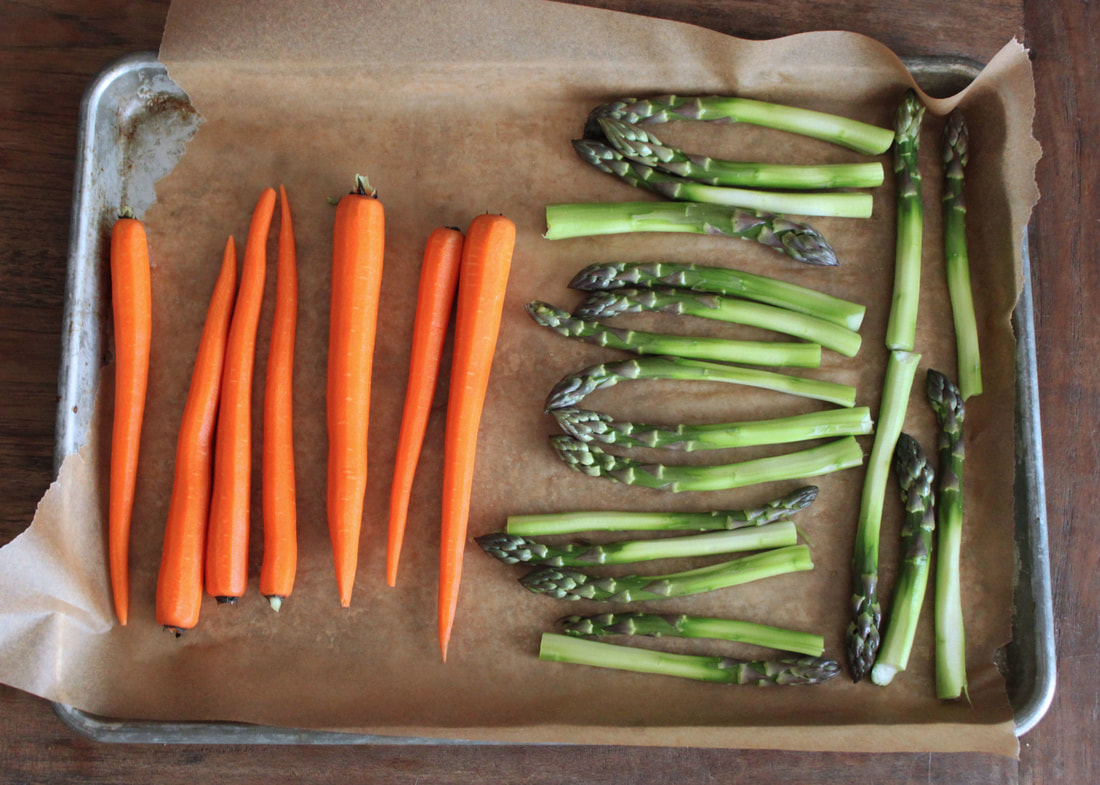
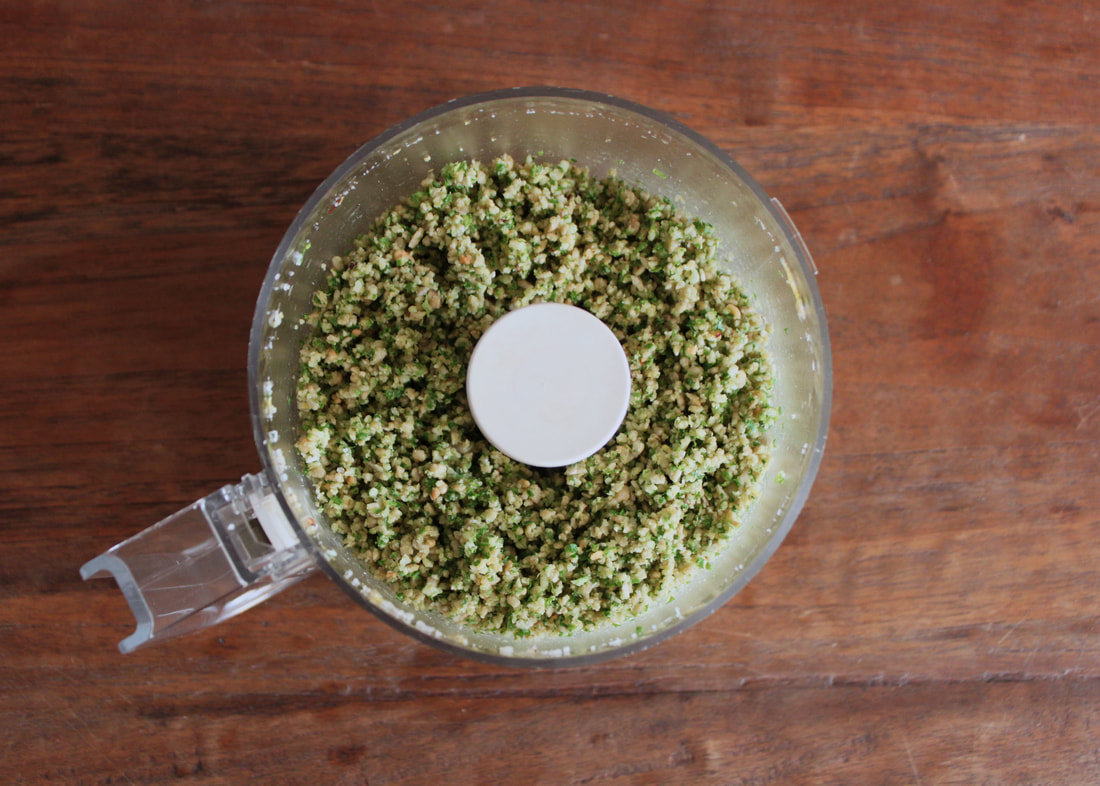
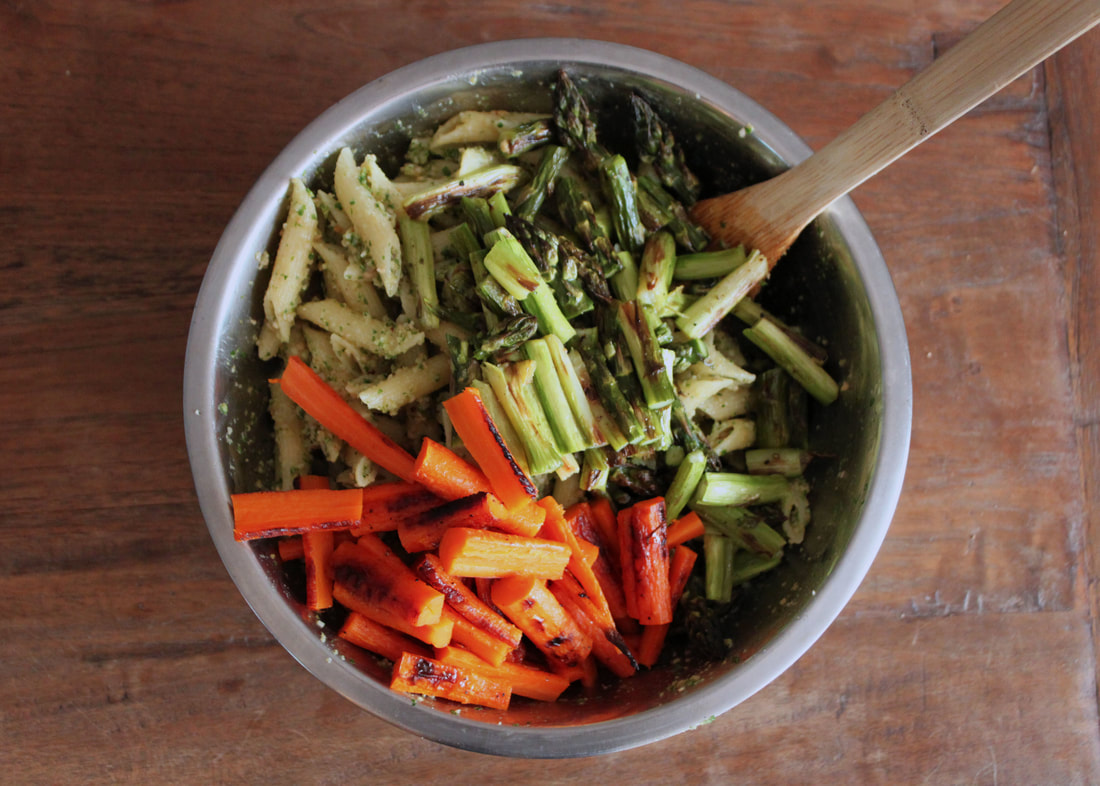
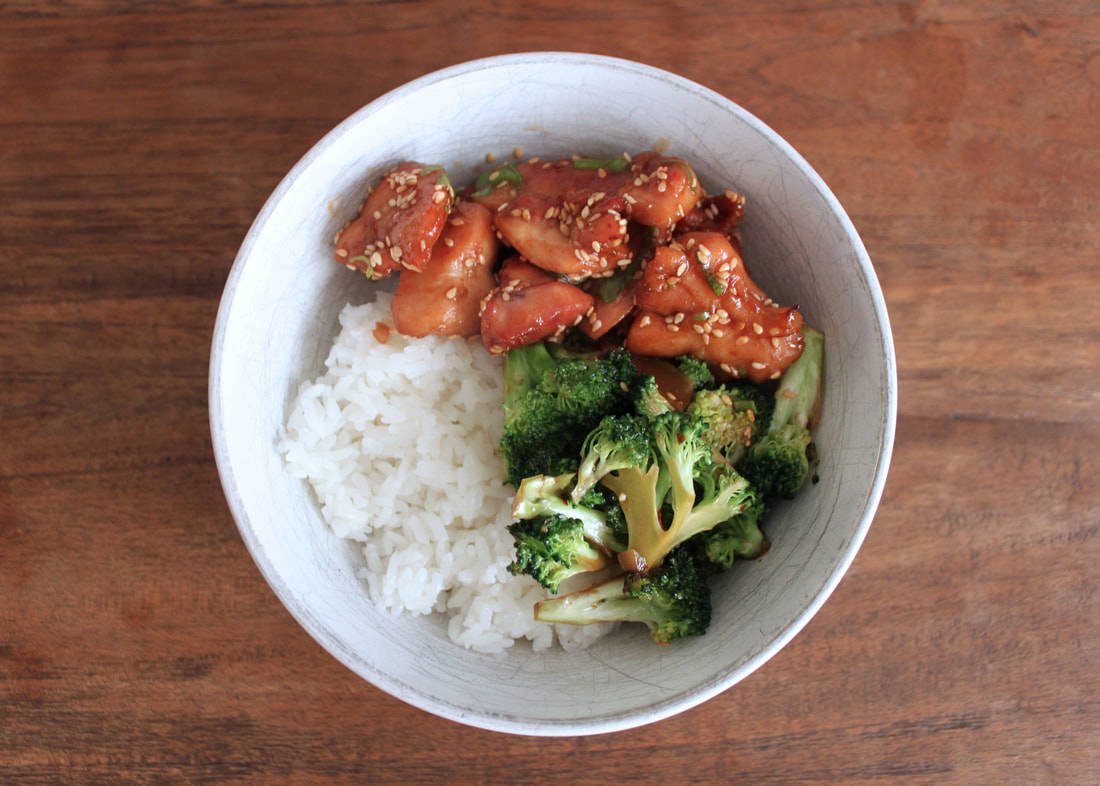
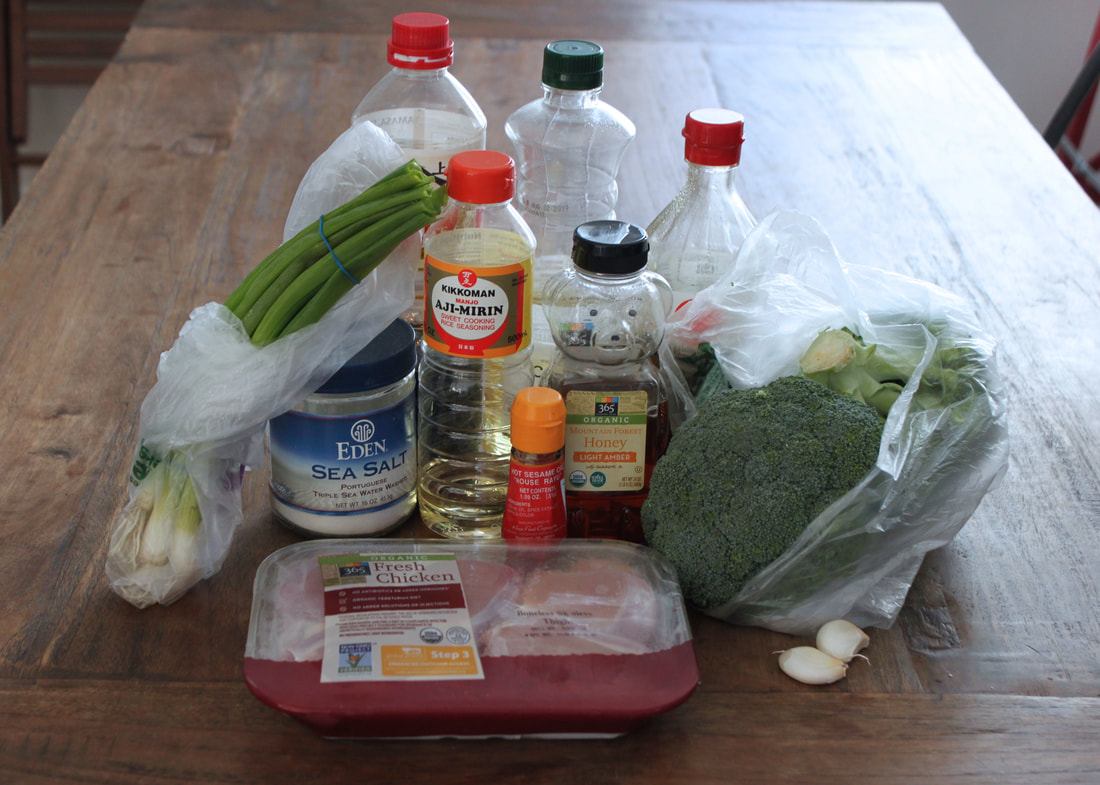
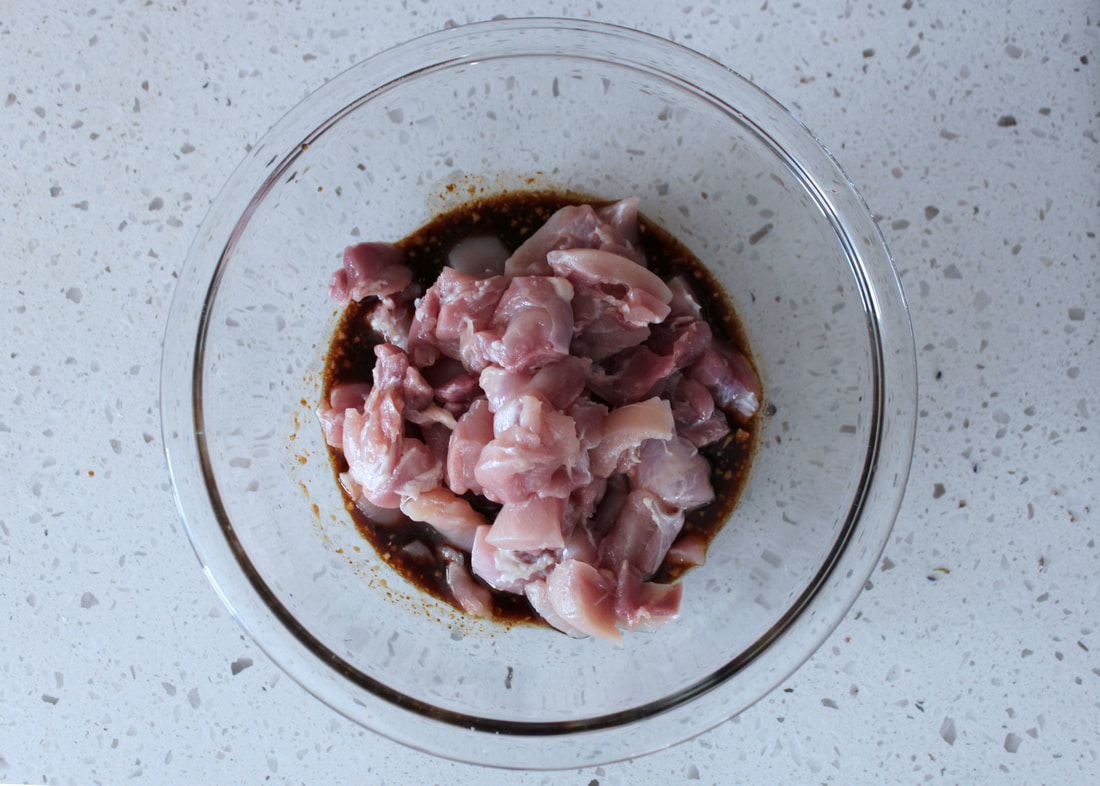
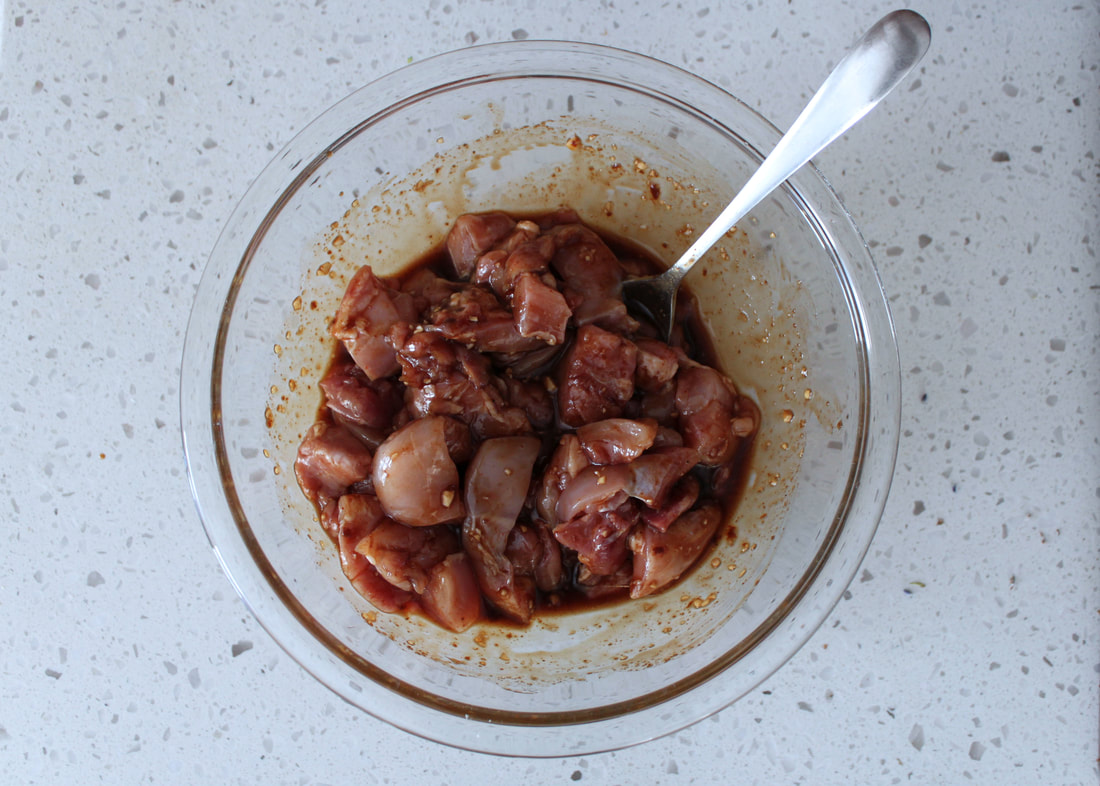
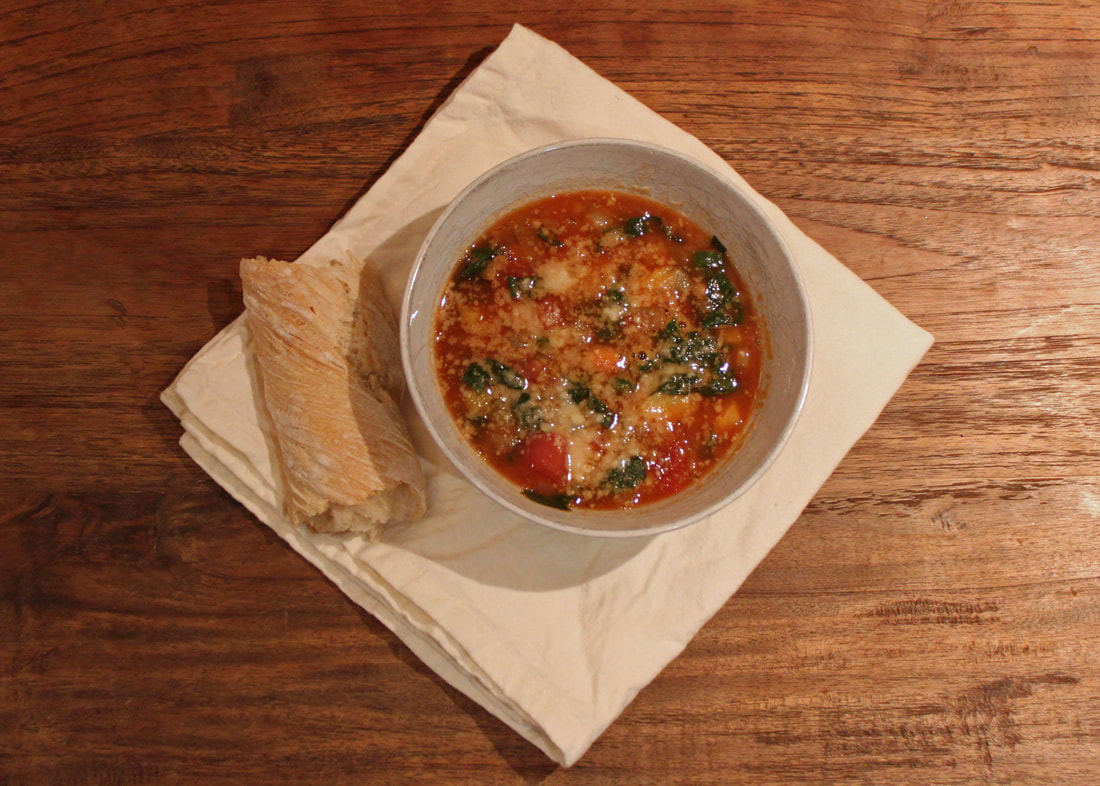
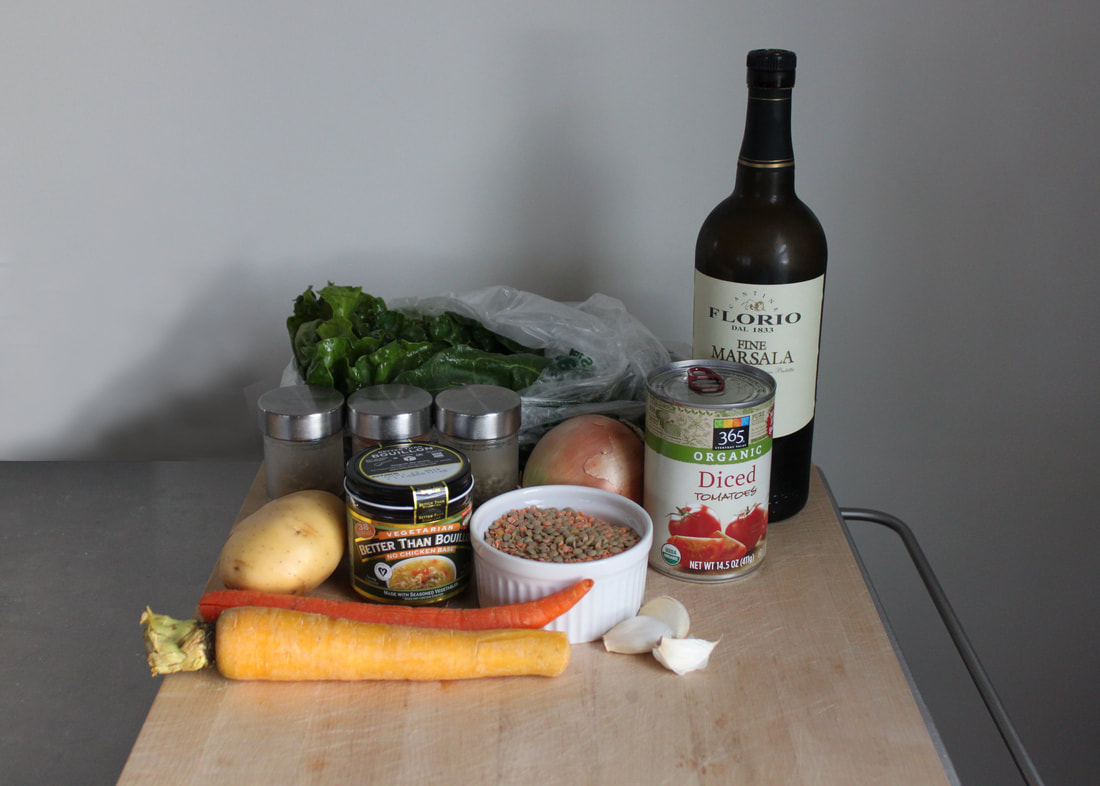
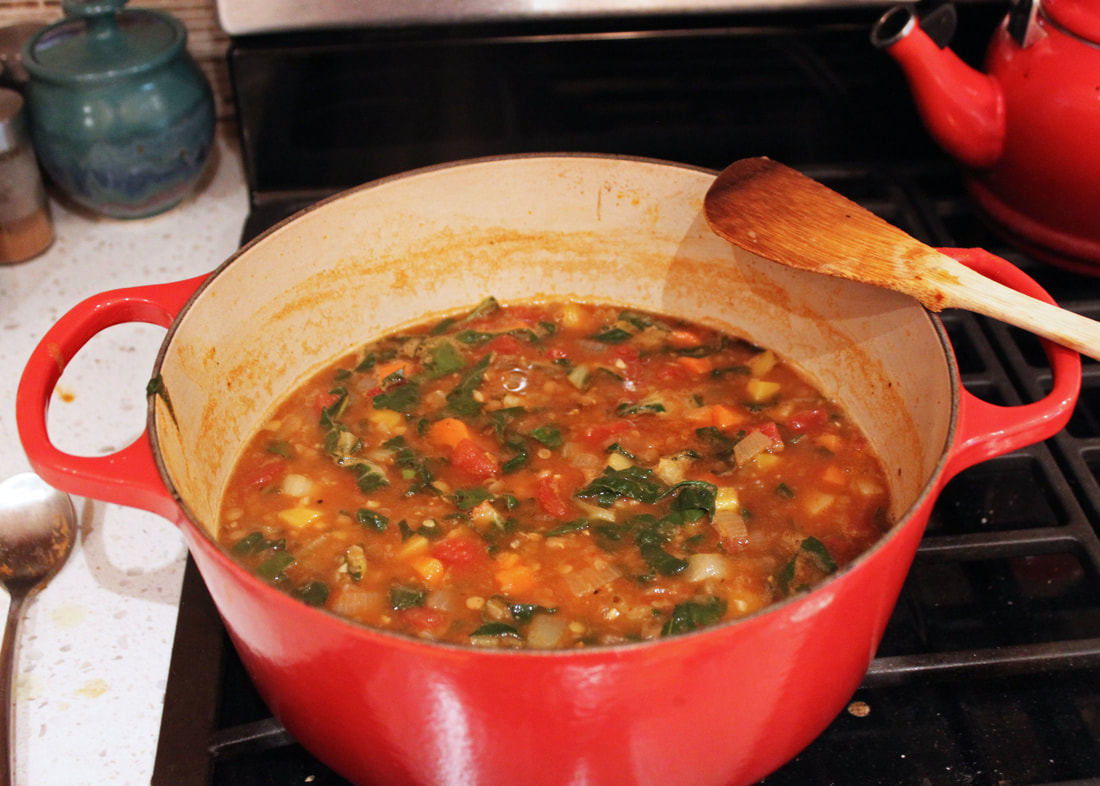

 RSS Feed
RSS Feed
